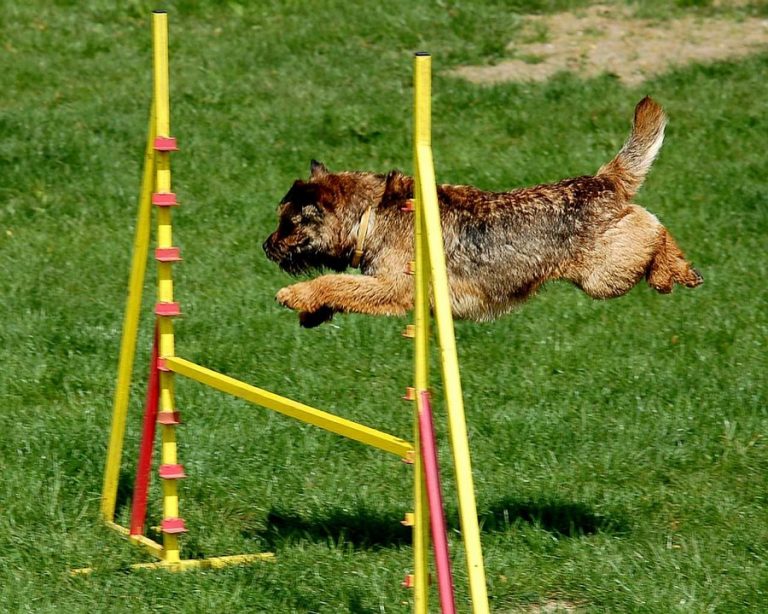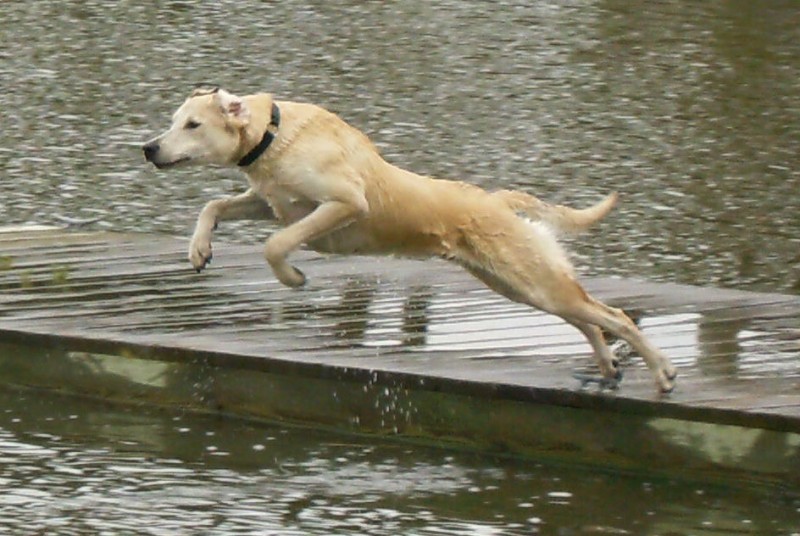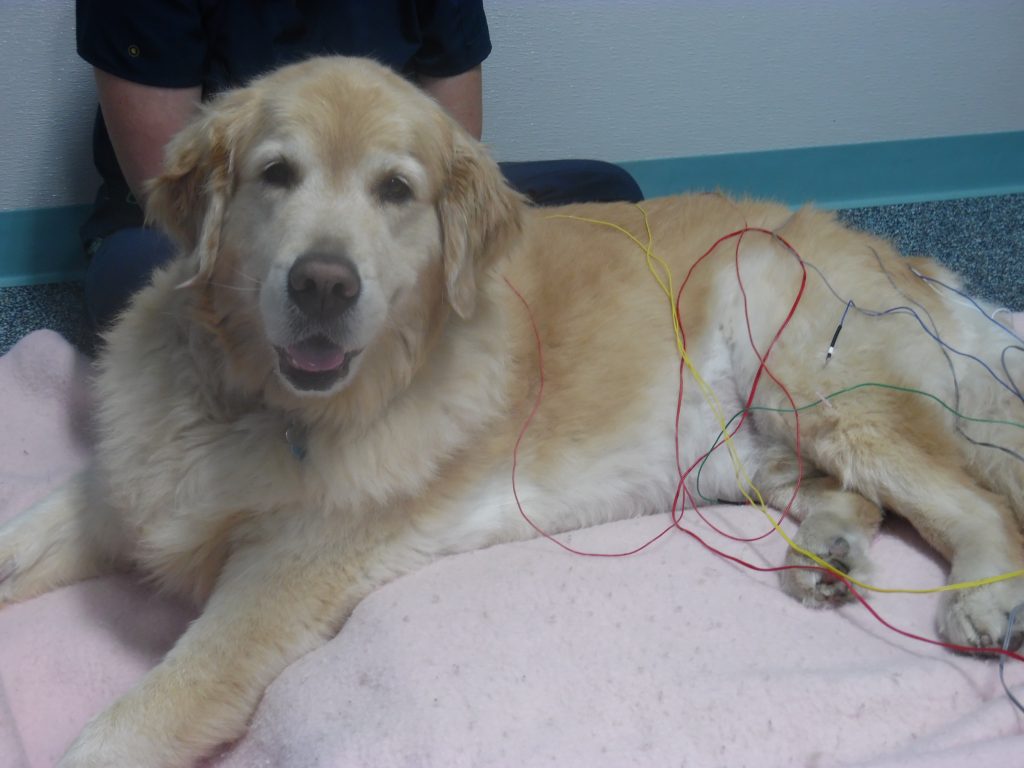 When Evaluating for Pain, Don’t Forget the Muscles When Evaluating for Pain, Don’t Forget the Muscles
After several years of managing the lame and painful dog in our rehabilitation practice, we have learned a thing or two. One of our biggest accomplishments has been to recognize that joints are not the only source of chronic pain in our patients. Sure, things may start with a torn cruciate ligament or other joint issue, but for our painful patients, it rarely stays as just one source of discomfort. Shifting off of a painful limb or area changes how a pet moves and maintains their body weight. This puts an aggravating stress and strain on compensating joints and muscle groups. During a period of play, a dog may twist the wrong way and partially tear a cruciate ligament. They then begin to shift their weight to the opposite hind leg, tuck their pelvis, or shift weight primarily to the front limbs to avoid painful movement. That works great initially until the joint and muscles of the other limbs protest and begin to spasm.
 Iliopsoas, a Common Source of Pain Iliopsoas, a Common Source of Pain
A great example of a compensatory strain and a common source of chronic pain and lameness is the iliopsoas muscle. The psoas major and iliacus muscle groups combine to form a band of muscle (the iliopsoas)originating along each side of the lumbar spine and inserting on the inside portion of each femur (we would call this a groin muscle). A dog would use these muscles to flex the hip and lower portion of the spine, for lateral rotation of the thigh, and to advance the femur forward. Canines who participate in activities or sports that involve a lot of jumping or movements with great hip extension can aggravate the iliopsoas resulting in knocked bars, shortened jumps, and a skipping gait. What kind of activities would that be? Dock Diving, Agility, Fly Ball, Lure Coursing, regular frisbee and ball play. We will also see iliopsoas stain and pain as a secondary issue in our patients with orthopedic changes such as hip dysplasia, arthritic hind end joints, disk disease/back injury, and recovering post-op orthopedic repair (to name a few).
What Signs to Look For
Things that a practitioner may look for in a pet when evaluating for this type of condition would be hind limb lameness that gets worse with exercise, a skipping or shortened stride in the back legs, pain with palpation of the iliopsoas insertion, and pain with hip extension and simultaneous rotation. An acute iliopsoas strain may respond to 6-8 weeks of rest, a course of NSAIDs +/- muscle relaxers, laser therapy, and massage/heat therapy to loosen the tight and painful muscles. In cases of chronic iliopsoas strain (or a mix of both acute and chronic), most patients won’t respond to the acute protocol and need a different approach to find healing and effective pain control. So what are the options for the more chronic conditions?
Treatment Options
Our doctors have found that a combination of modalities focusing on stimulating a healing inflammatory response and loosening tight and spasming muscles will eventually work to manage iliopsoas symptoms and get our patients back to controlled exercise. In this practice, we have seen great success with acupuncture therapy as a primary modality in the management of this soft tissue condition. The acupuncture needles, placed in strategic locations, will release stagnation and create an inflammatory response that is vital to the healing process in chronic conditions. The frequency and duration of acupuncture depends on the patient’s symptoms and response to treatment. The average pet generally receives an acupuncture session once weekly for 2-4 weeks and then assess progress and decide on future therapy. Heat therapy combined with massage is another important modality to help bring circulation to the area, release tension, and provide pain control. Pet owners will place a warm gel pack along the lower spine and along the inside muscles from hip to hock for 15-30 minutes twice daily to start. Heat would then be followed by gentle massage along both sides of the lumbar spine and down the hind limbs (inside and outside muscles). After some heat and a relaxing massage, applying a light stretch to all of the warmed up hind limb muscles and joints (from toes to hip) would be a great way to end a session. Gentle flexion and extension, held for 10-15 seconds, has it’s greatest benefits when applied to limbs that have been warmed up through easy exercise or manual stimulation.
 Long Term Considerations Long Term Considerations
When the pain is controlled and the lameness has resolved, it is time to evaluate for environmental triggers and sources of future strains that may start the cycle of strain all over again. Many of the canine athletes and dogs that play fast and hard will need to have their activities controlled. A lot of the older competitive dogs may be sound as an average pet but will not be able to return to their sport of choice due to risk of re-injury. Controlled activity is important as well as avoiding triggers such as running, jumping, and splaying of legs. This means no ball playing, rabbit chasing, jumping off the deck, or rough play. Swimming, while a great conditioning tool, can actually aggravate iliopsoas pain. Leashed walking on land or in the underwater treadmill at a slow to moderate pace would be a better exercise choice. Slipping on hard wood or tile floors is a common source of iliopsoas injury (especially in the older pet) and can be avoided by providing runner rugs or using booties for traction. In the case of dog with concurrent arthritic disease or orthopedic change, the trigger for an iliopsoas flair up is not going to go away. These patients are managed long term with a variety of options such as oral pain control, regular laser and/or acupuncture therapy, and strengthening exercises such as aqua therapy or targeted core work. The frequency of long term therapy can be every 4-6 weeks for a “tune up” or more often if needed.
Don’t think that your pet needs to live with chronic muscle pain. There are a variety of treatment options available that can bring relief and healing. If you are concerned about your pet or think that they need to be evaluated for therapy, it is time for a check up with one of our doctors. Contact us today to see what would best fit the needs of your canine companion: medication, acupuncture, rehabilitation, or a combination of all of the above.
|